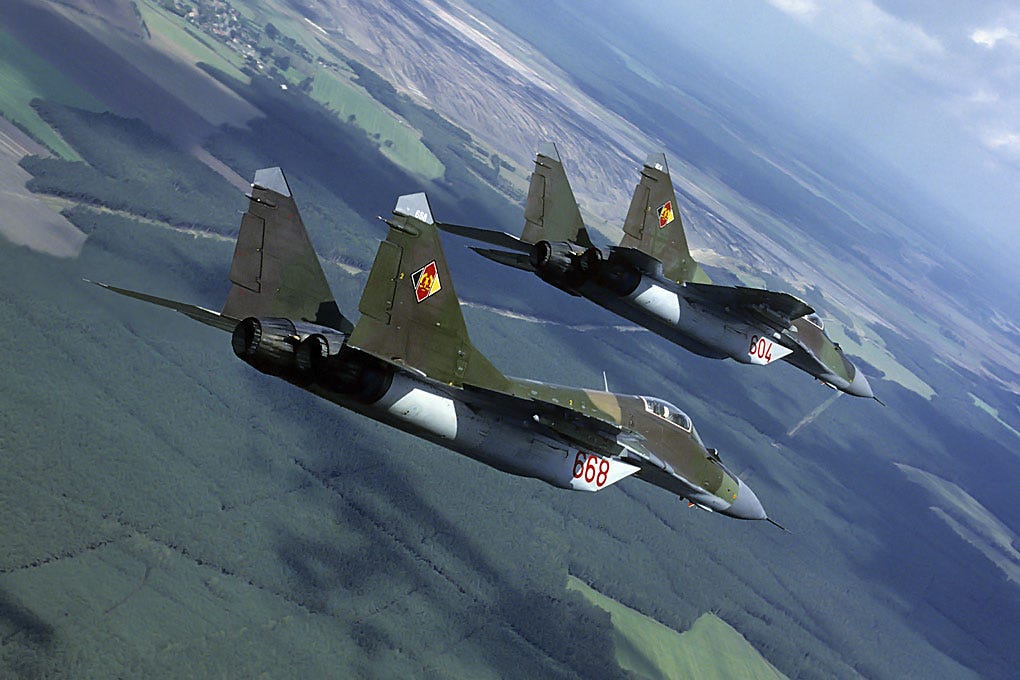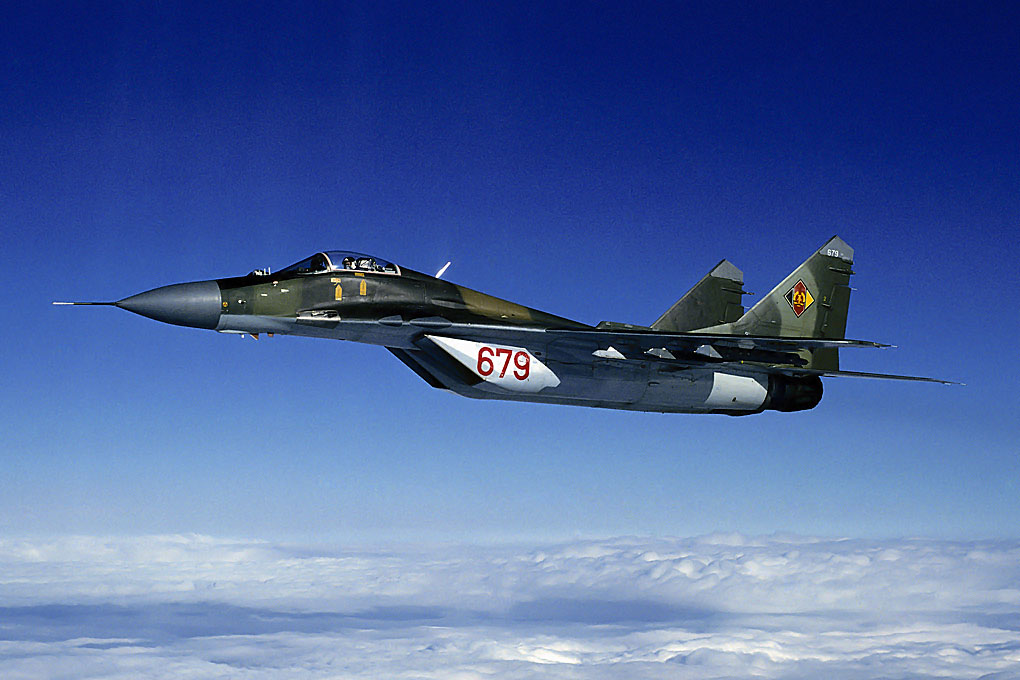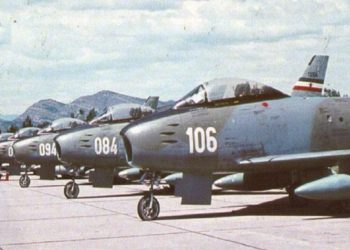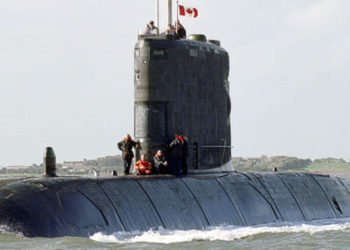The Fulcrum: When it’s Good but it’s Bad

When the Berlin Wall fell, a newly reunified Germany ended up with East German MiG-29. It was a fantastic opportunity for NATO pilots to test their former Cold War enemy’s most hyped-up jet fighter: The Fulcrum.
Initial Impressions from NATO Pilots
American pilots were trained to fly the MiG-29 by their German counterparts. German pilots also went up against various NATO pilots in mock aerial combat. At first, NATO pilots were not impressed. The MiG-29 was crude and had a short range. The cockpit’s ergonomics were all wrong and the radar was powerful but useless as it gave very little information (a Soviet design feature as Soviet doctrine dictated pilots be vectored and commanded by ground-based air controllers). The Fulcrum lacked fly-by-wire controls and therefore could be tiresome to fly and felt unstable in level flight. In mock long-range engagements (BVR), the MiG-29s were decimated against their NATO counterparts.

The Fulcrum’s Dogfighting Prowess
Then, they moved on to dogfighting… and suddenly, many Western pilots’ egos were bruised. In the hands of a good pilot, the MiG-29 was a master dogfighter. Its crude analog flight controls enabled the aircraft to achieve incredible angles of attack, it was nimble, powerful, and its R-73 missiles coupled with Helmet Mounted Sights and its off-boresight capabilities enabled it to score kills at crazy angles. The Western pilots also ended up recognizing how reliable and easy to maintain those MiGs were: You could literally maintain its engines in the field with tools obtained from your local DIY shop!
The American Purchase of MiG-29s in 1997
US pilots got another chance to thoroughly test the Fulcrum in 1997 when Washington purchased 6 MiG-29A, one B variant and 14 C variants from Moldova. Moldova was short of cash and on the lookout for potential buyers for its large Soviet-era arsenal. The US moved in and bought the MiGs before they could be sold to Tehran! Again, the American pilots developed a love/hate relationship with the Fulcrum: The situational awareness in the MiG was so bad that pilots had to use commercial GPS/Satnavs (for cars) and paper maps to know where they were while flying! But the crude plane was easy to maintain and fun to fly for short periods of time thanks to its manoeuvrability and its high power to weight ratio. It was a joy to fly in mock dogfights as in that role, it was simply deadly!
Israeli Experience with the Fulcrum
Incidentally, the Israelis got their hands on three Fulcrums the same year (1997). They loaned three “A” models from an undisclosed Eastern European country (possibly Poland). Israeli pilots’ findings and opinions were the same as their American counterparts: Easy to maintain, crude and basic, but deadly at short range and not to be underestimated in the hands of a good pilot. Throughout the 1990s, a lot of lessons were learned by both East and West. NATO put in place drills and tactics to engage and defeat the MiGs at long ranges and avoid getting too close to them. Meanwhile, the Russians are still working long and hard to bring their cockpit ergonomics, sensors, and radars on-par with their Western counterparts. They’ve improved, but they’re not there just yet.
-RBM










